Value What You Have
From Shiro Kuma by kumablog
 The Bujinkan created by Sōke is like a treasure, but few practitioners understand what it is, or how much it is worth. There is a Japanese saying for people not valuing what they have. It is “Neko ni koban,” as our “casting pearls before swine.” (1)
The Bujinkan created by Sōke is like a treasure, but few practitioners understand what it is, or how much it is worth. There is a Japanese saying for people not valuing what they have. It is “Neko ni koban,” as our “casting pearls before swine.” (1)
The Bujinkan is a treasure because of its techniques, like any other martial art. But also because it transforms us into human beings. My Budō brother Daniel Hernandez left Japan today with a beautiful message to sensei and to us. Here are some sentences that are taken from it. (2)
I don’t come to Japan only to train, but mainly to see you (Sōke), to see your eyes, feel your immense love, and to know that you are well. You are the only lighthouse in my life. (…) And I come here for the most important thing, you, my dear master. (…) Thank you in advance to all my brothers, and Bujinkan friends, to take good care of Sōke.
If your vision of the Bujinkan limits itself only to the technical aspect, it is good, but it is not enough. The Bujinkan is a holistic experience. And Waza is as valuable as the calligraphy session. The Bujinkan experience is bathing you in a mix of Waza, Japanese and Asian culture, language, and meaning of life. This complex mix allows you to find the best in yourself, and to get rid of the negative aspects in you. But, here, too, not everyone succeeds.

Over the years, I saw many practitioners entering the path fully committed, and then leaving after a few years. They judged that the commitment was too high a price to pay for their ego. And I can accept that.
There is nothing wrong with loving the mechanical moves of Budō. If it is your case, I have to tell you that you are not Bujinkan. Sōke teaches at all levels and people like Daniel or myself, have been “educated” by Sensei’s vision of Budō. The men we are today have nothing to compare with what we were at the beginning.
All those years of travels and training. All those private moments with Hatsumi Sensei, have carved us into a better version of human. We are not perfect, but we are still walking the path under his guidance and his care for humanity. Sensei is a beautiful human being, and his love has been spreading all over the planet through his Budō. He gave the world a new vision of Budō that will last and blossom.
Stop arguing on social media about changes happening these days. They are not necessary. Stay focus on your training, trying to get what Sōke is teaching us. It is more essential than fighting techniques. Sensei is showing happiness, love, and tolerance. And between two Shutō and locks, we have to do the same.
Begin to value the extraordinary we have to be around a man like him. And don’t be the one not appreciating this beauty.
Stop wasting your time, (3) and accept this marvelous gift that Sensei is giving us.
Value what you have!
________________________________________________
1 猫に小判, Neko ni koban: Literally: Gold coins to a cat. Meaning: Casting pearls before swine / Giving something of value to a recipient that does not value it.
2 From my Budō brother Daniel Hernandez
おせばになりました いろいろと どうも ありがと ございました でわ また どぞ よろしく おねがいします.
De Corazón a Corazón  , I Shin Den Shin. Así recibí de usted querido Sōke sus enseñanzas, sólo agradecer todo el cariño brindado a través de los años. Espero sepan entender, ya no vengo a 日本 a practicar, sólo vengo a verlo a ud 先生, ver sus ojos, sentir su inmenso amor, y saber que está bien. Sólo ud 先生 es mi faro. Y no es por que no pueda seguir aprendiendo, de todos puedo y debo aprender. Pero estoy aquí por lo más importante, usted querido Maestro. Agradezco a mis Hermanos y amigos, y les dejo un pedido, cuiden a 先生 por favor. Makoto de Gozaimasu.
, I Shin Den Shin. Así recibí de usted querido Sōke sus enseñanzas, sólo agradecer todo el cariño brindado a través de los años. Espero sepan entender, ya no vengo a 日本 a practicar, sólo vengo a verlo a ud 先生, ver sus ojos, sentir su inmenso amor, y saber que está bien. Sólo ud 先生 es mi faro. Y no es por que no pueda seguir aprendiendo, de todos puedo y debo aprender. Pero estoy aquí por lo más importante, usted querido Maestro. Agradezco a mis Hermanos y amigos, y les dejo un pedido, cuiden a 先生 por favor. Makoto de Gozaimasu.
3 “Neko ni koban” also means “great waste.” Daniel Hernandez left Japan with a nice post on Facebook.
www.koimartialart.com Join the Bujinkan streaming platform now…

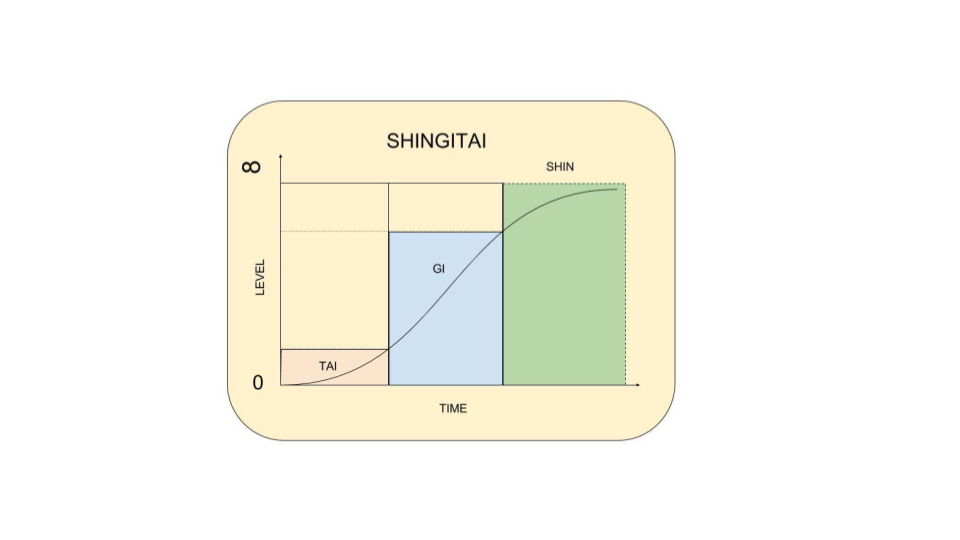


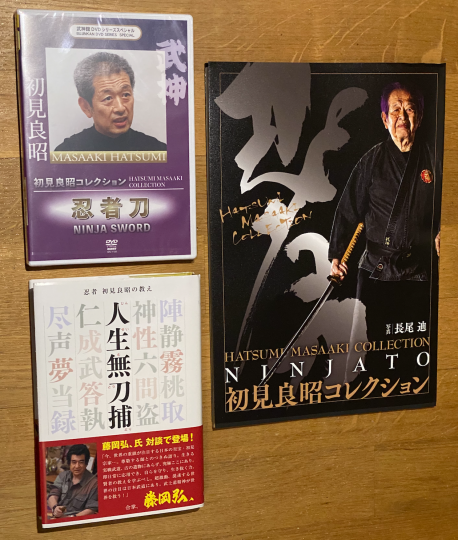
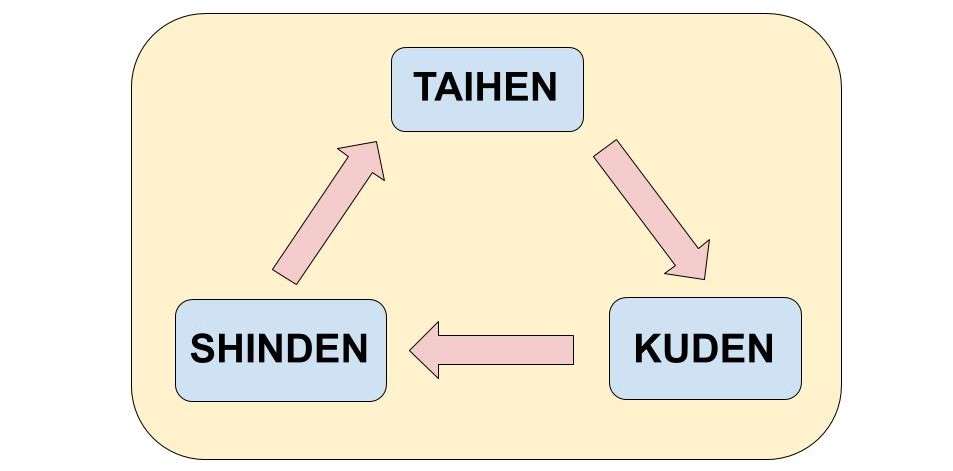
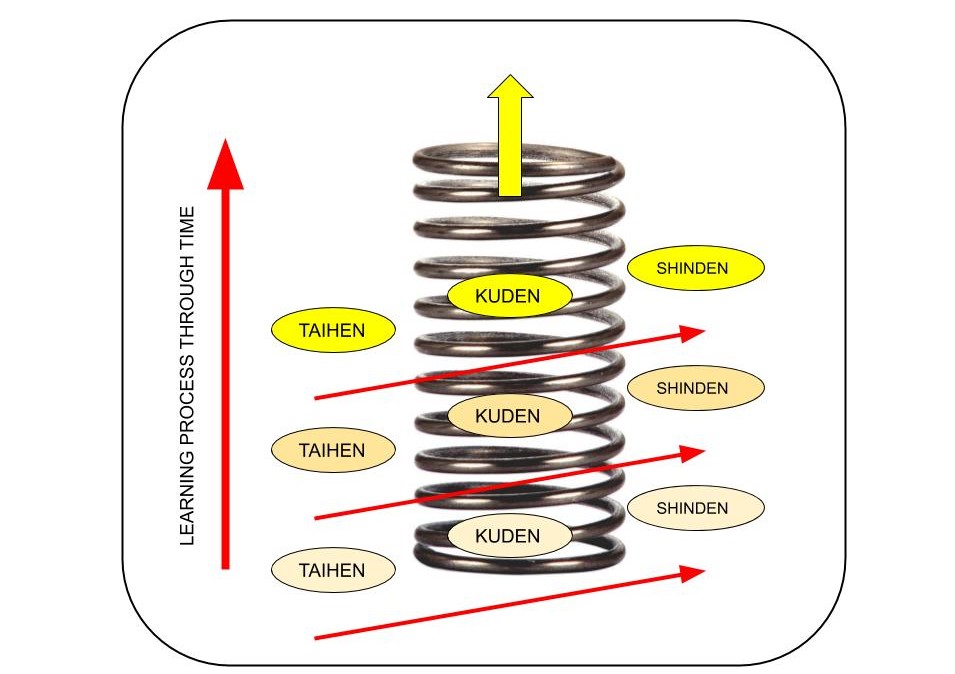


 In the Bujinkan, everything comes down to the quality of your footwork. As Hatsumi Sensei puts it, “move with your feet, the hands will follow.”
In the Bujinkan, everything comes down to the quality of your footwork. As Hatsumi Sensei puts it, “move with your feet, the hands will follow.”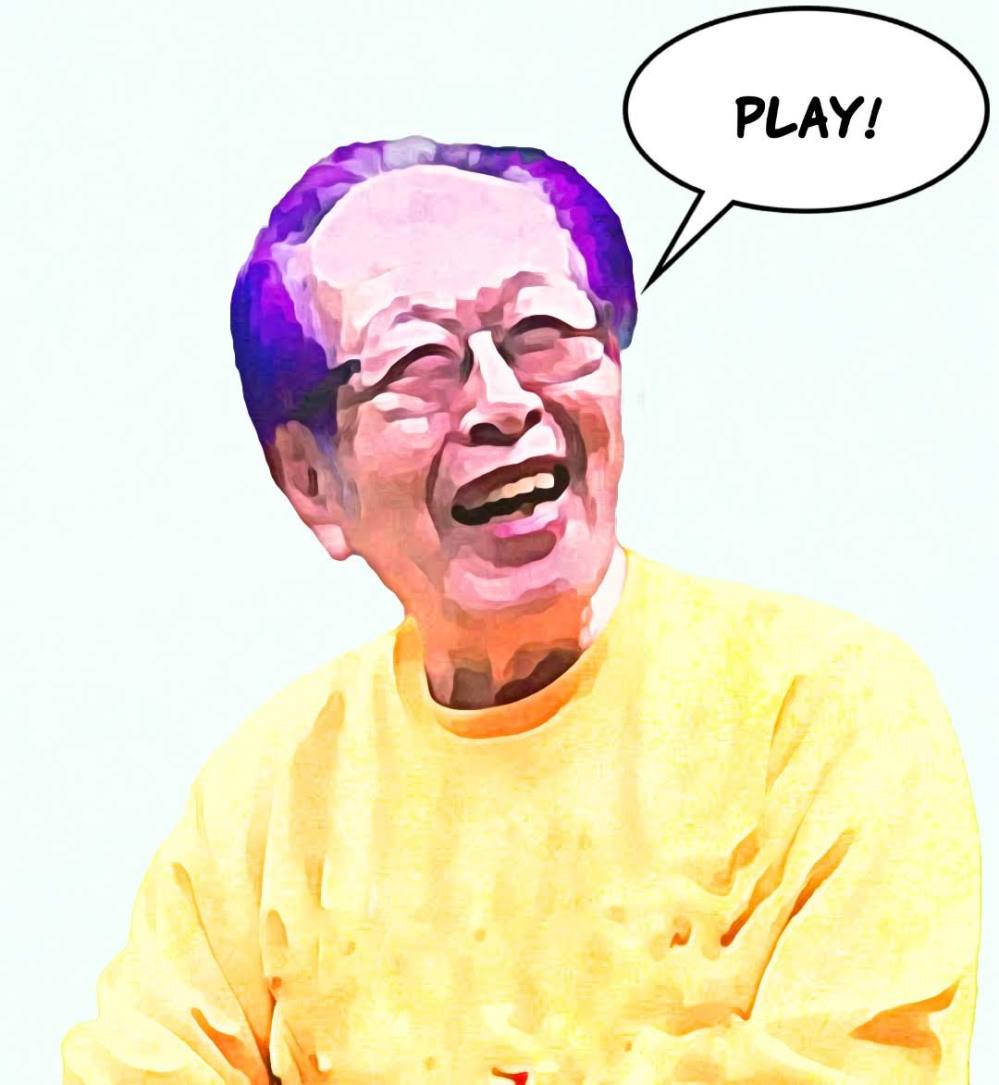 Today many practitioners are more interested in collecting Waza than understanding their purpose. Not so many try to find out the aim of a Waza.
Today many practitioners are more interested in collecting Waza than understanding their purpose. Not so many try to find out the aim of a Waza.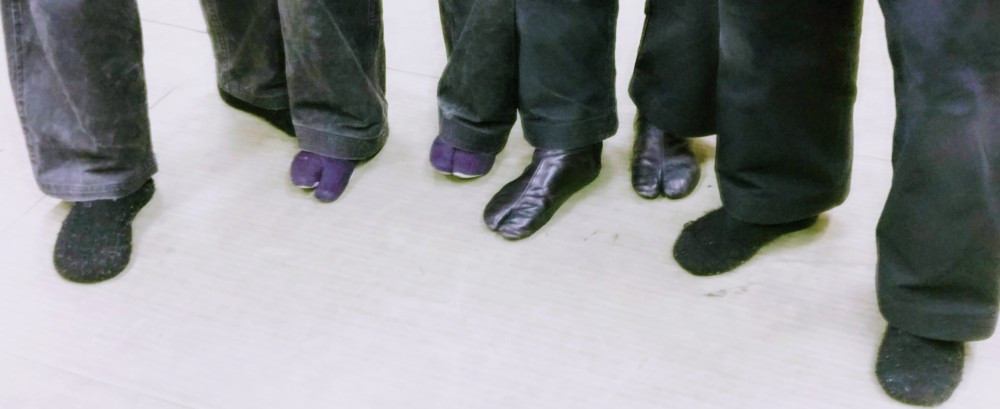 Training is not limited to dōjō hours, homework is necessary. Once you have repeated many times the same moves, your Taijutsu gets better. To train your Kihon or your Waza has a name in Japanese: it is Tabi Tabi. (1)
Training is not limited to dōjō hours, homework is necessary. Once you have repeated many times the same moves, your Taijutsu gets better. To train your Kihon or your Waza has a name in Japanese: it is Tabi Tabi. (1)